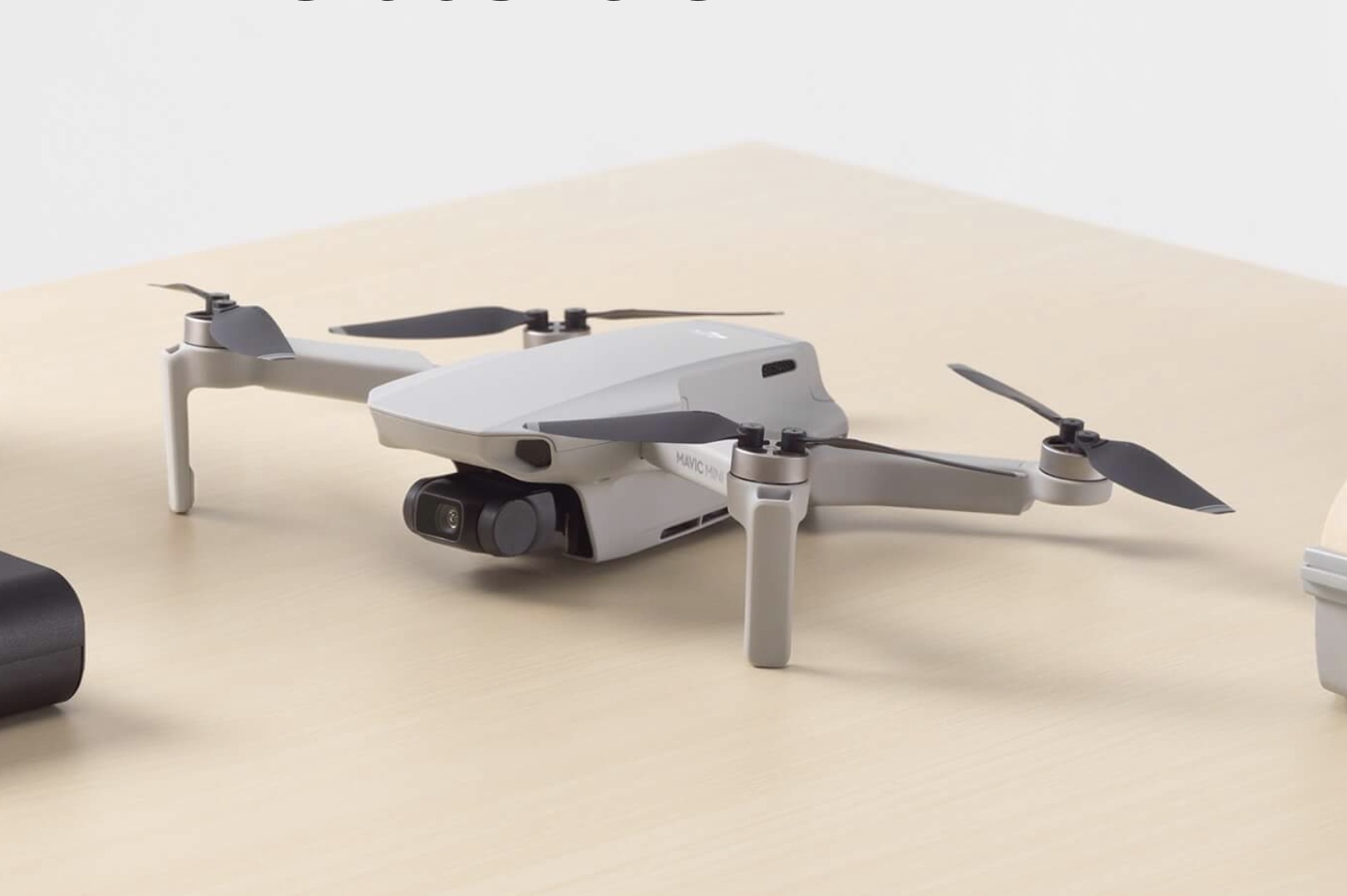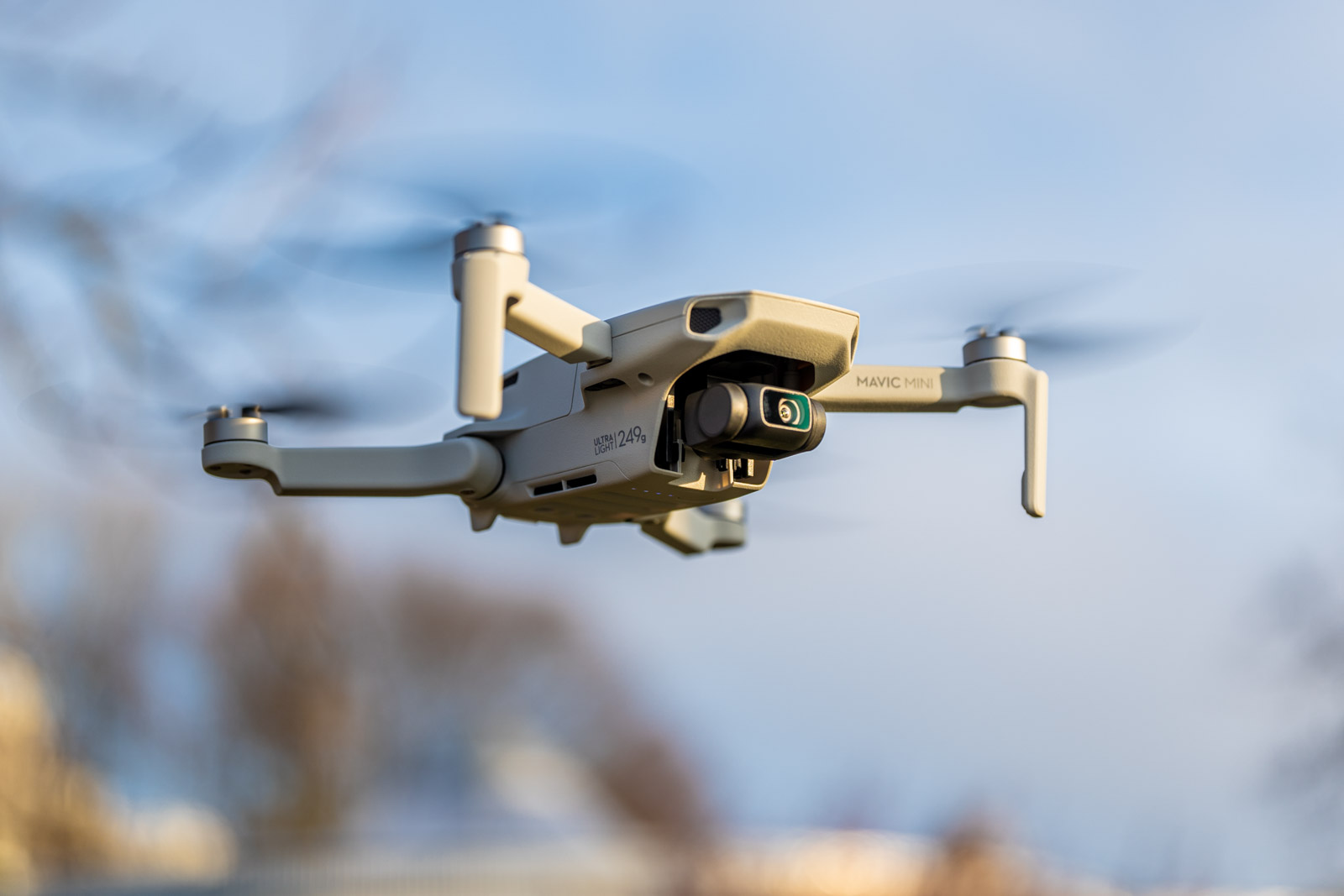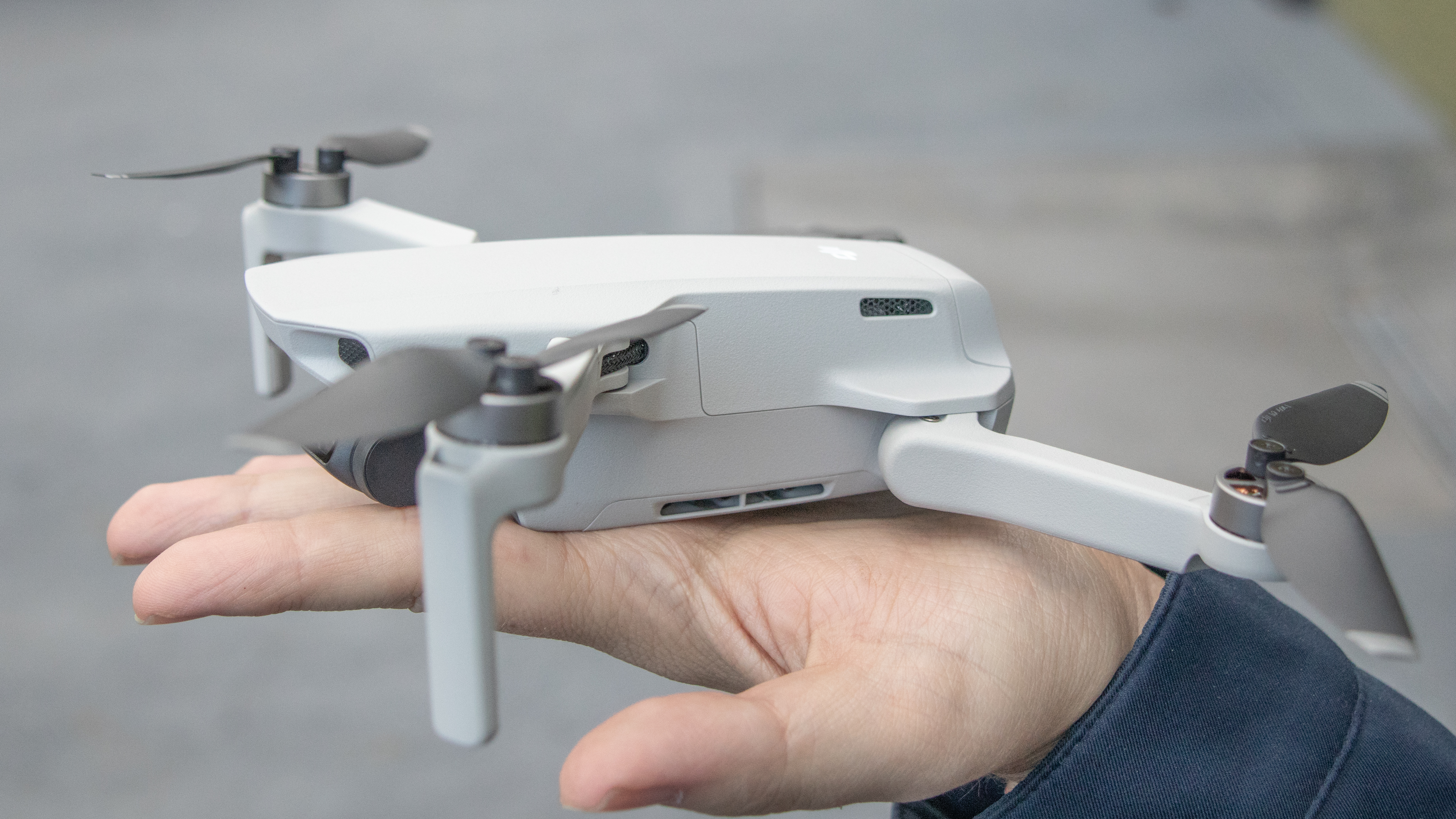

With our certificate unlock you can get rid of the drones altitude limit and the NFZ at the same time. We regret the error.Unlock altitude and NFZ by the certificate In fact the sensor is unchanged and the controller is new. That said, if you have some experience flying, don't need the improved video resolution, and just want a highly portable, really-fun-to-fly drone, the Mini 2 is my top pick.Ĭorrection January 17: An earlier version of this review said that the camera sensor was new and the controller was unchanged. The larger camera sensor in the Air also means you can get sharper 48-megapixel images and 4K video at 60 frames per second. The Mini 2 also lacks DJI's ActiveTrack and Point of Interest automated flight modes, which really do help you capture better video with less fuss. This might be the biggest reason to spend extra money on the Air. The big one is obstacle avoidance-the Mini 2 has none. The question to answer here is, should you get this or the more expensive Mavic Air? There are three compelling features to the Air, for beginners especially. Suffice to say you can fly the Mini 2 well beyond visual range-which, friendly reminder, you should never do-and still get a video feed.

The Mini 2 can transmit very clear video from up to around 6 miles, according to DJI. It means you get better video quality over greater distances. OcuSync is DJI's marketing name for a smart automatic-frequency-switching tool. Trimmed Download is perfect for that, saving time and storage space on your phone.Īlong with the higher quality video capture, the Mini 2 includes OcuSync 2.0, DJI's improved video transmitting technology. I don't use the DJI Fly app for editing very often, but when I do it's almost always for short clips I want to share quickly. It lets you split clips before transferring them to your phone for editing. There's also now support for DJI's smart panorama modes like sphere, a 180-degree view, and wide-angle, and my favorite feature, Trimmed Download. The Mini 2 is capable of much-more-impressive aerial acrobats. In fact, the bigger drones usually end up feeling like flying cameras to me. I had fun zooming around the yard, dodging trees and bushes in ways I would never try with the larger, heavier, less maneuverable models. It's nimble and almost begs to be flown more like a racing drone.

While wind can be a limiting factor, I find the Mini 2 is easier to fly than any of DJI's larger drones. For most people though, the Mini 2 is plenty powerful. If you want to fly in various conditions, you'll need something heavier and more powerful. I made it back flying by hand both times, but it required using large trees as wind blocks, flying very low to the ground through a forest, and other maneuvers you might not want to try until you have a good bit of flight experience. I twice ran into conditions where I was unable to use the Return to Home automated flight system due to excessive wind speeds. The only downside to the new power is how you'll be tempted to push it. That's around where the Mini 2 tops out, and if leaves are fluttering near the ground, the wind is most likely much stronger up higher. I recommend staying grounded if the wind is strong enough to do more than flutter leaves on trees. That extra speed means the Mini 2 can stand up to stronger winds, which is incredible for something this small and light. What DJI has changed are the motors, bumping the max flight speed to 16 meters per second (up from 13 in the original). It's compact and lightweight (249 grams, so you don't need to register it with the Federal Aviation Administration), but it unfolds into something substantial enough to fly where many toylike competitors cannot: in the wind. DJI nailed the form factor from the start, so there's no reason to change it. The Mini 2 looks identical to Mavic Mini it replaces.


 0 kommentar(er)
0 kommentar(er)
